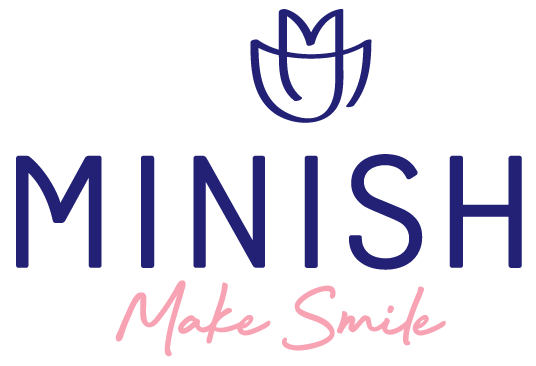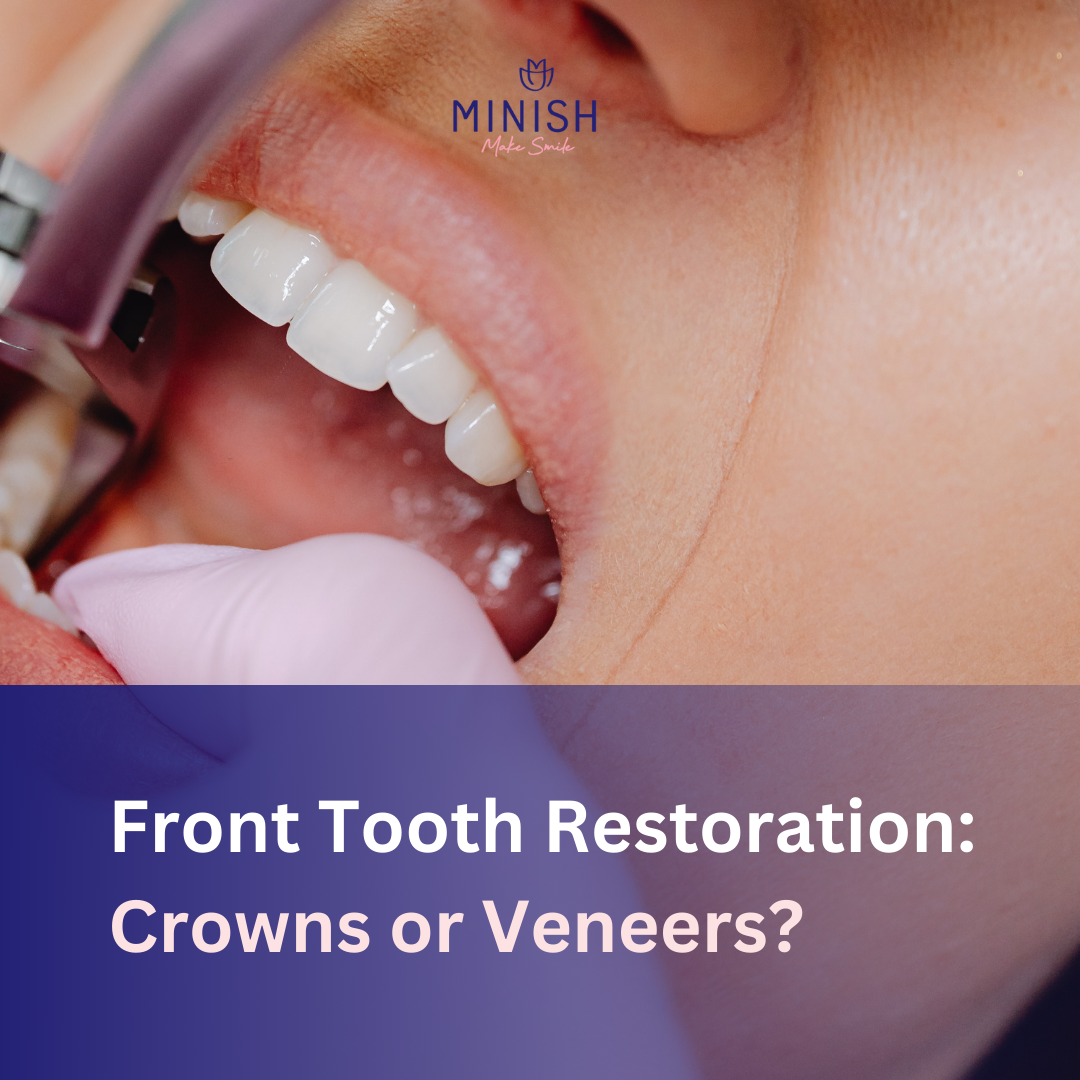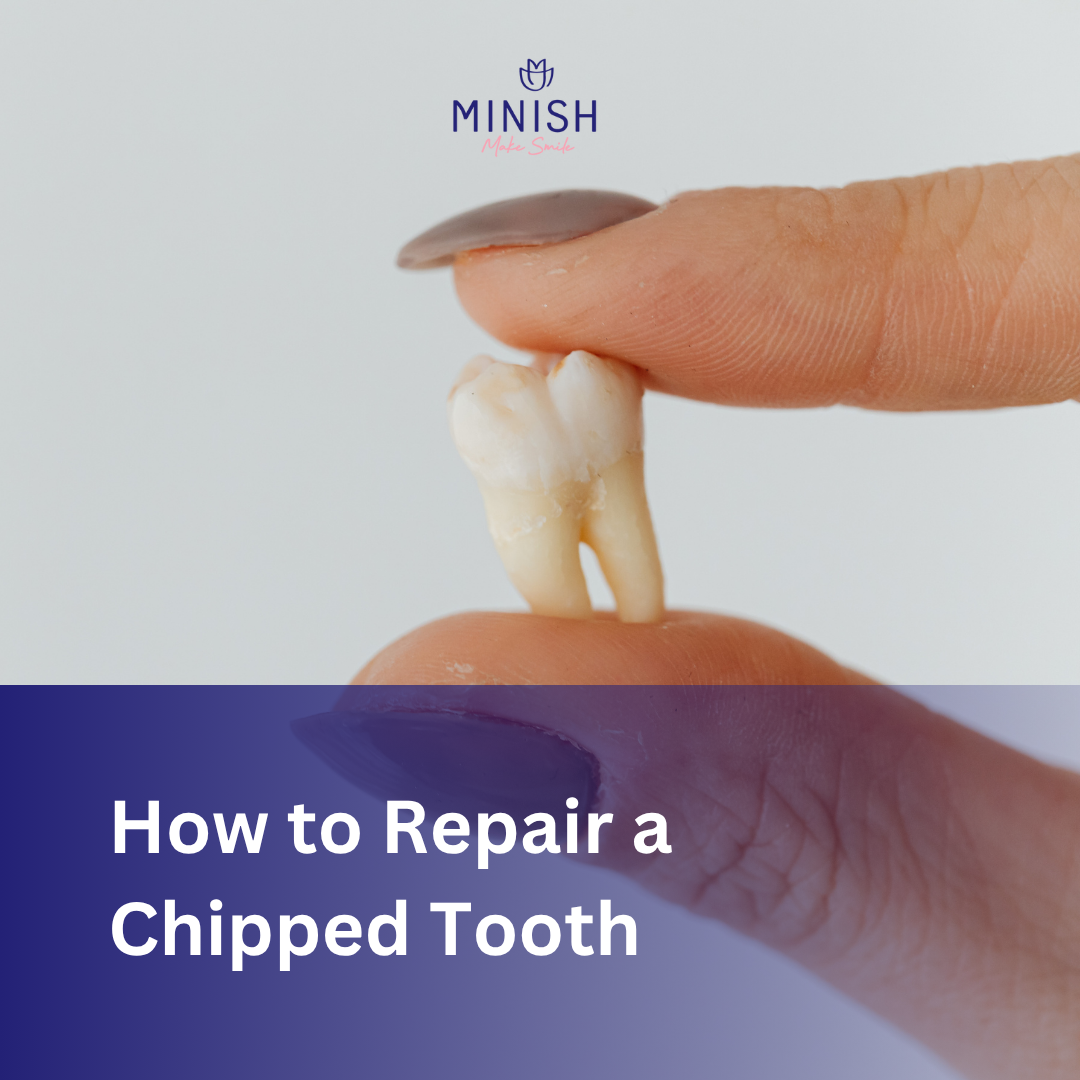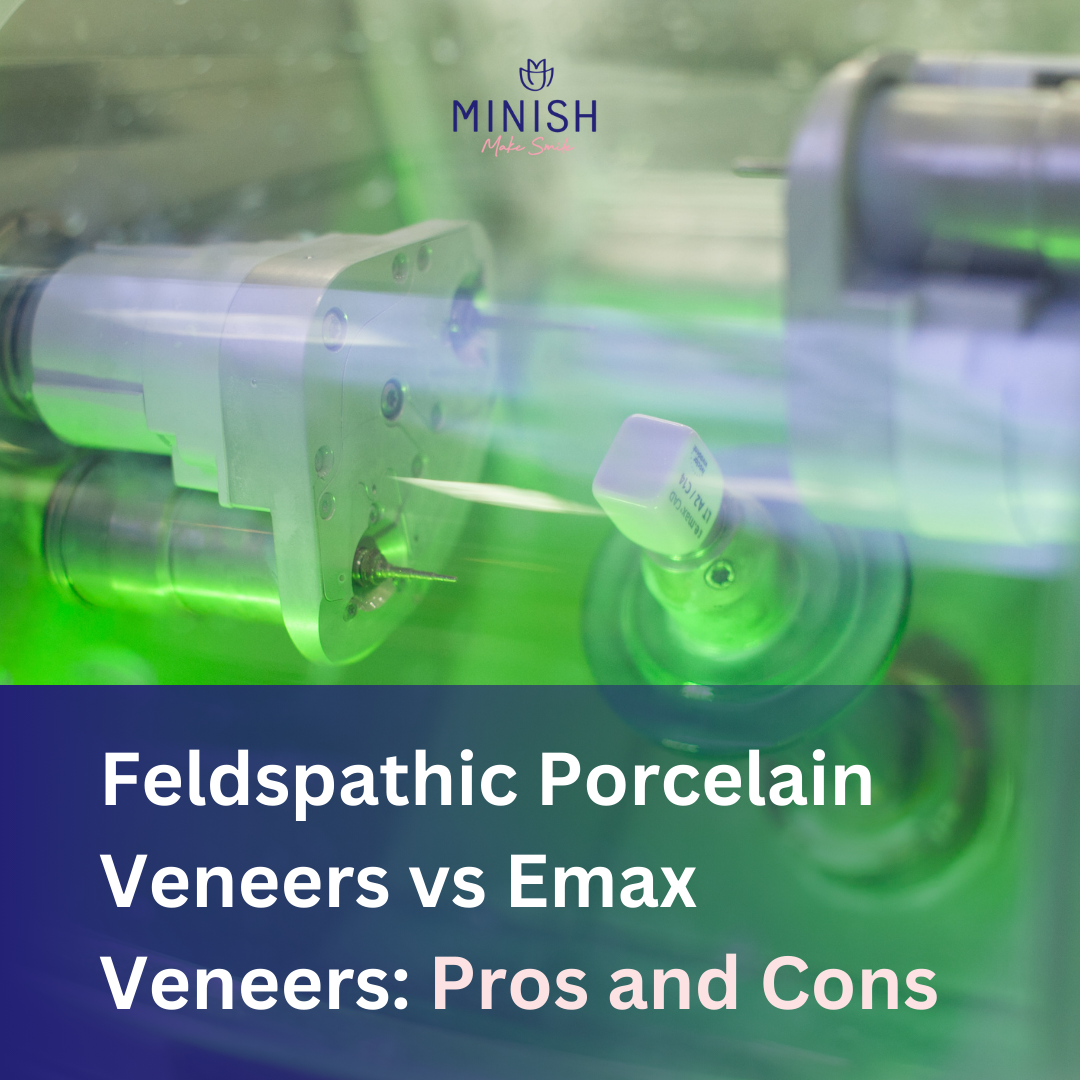MINISH Veneers vs Traditional: Save Tooth, Save Cost
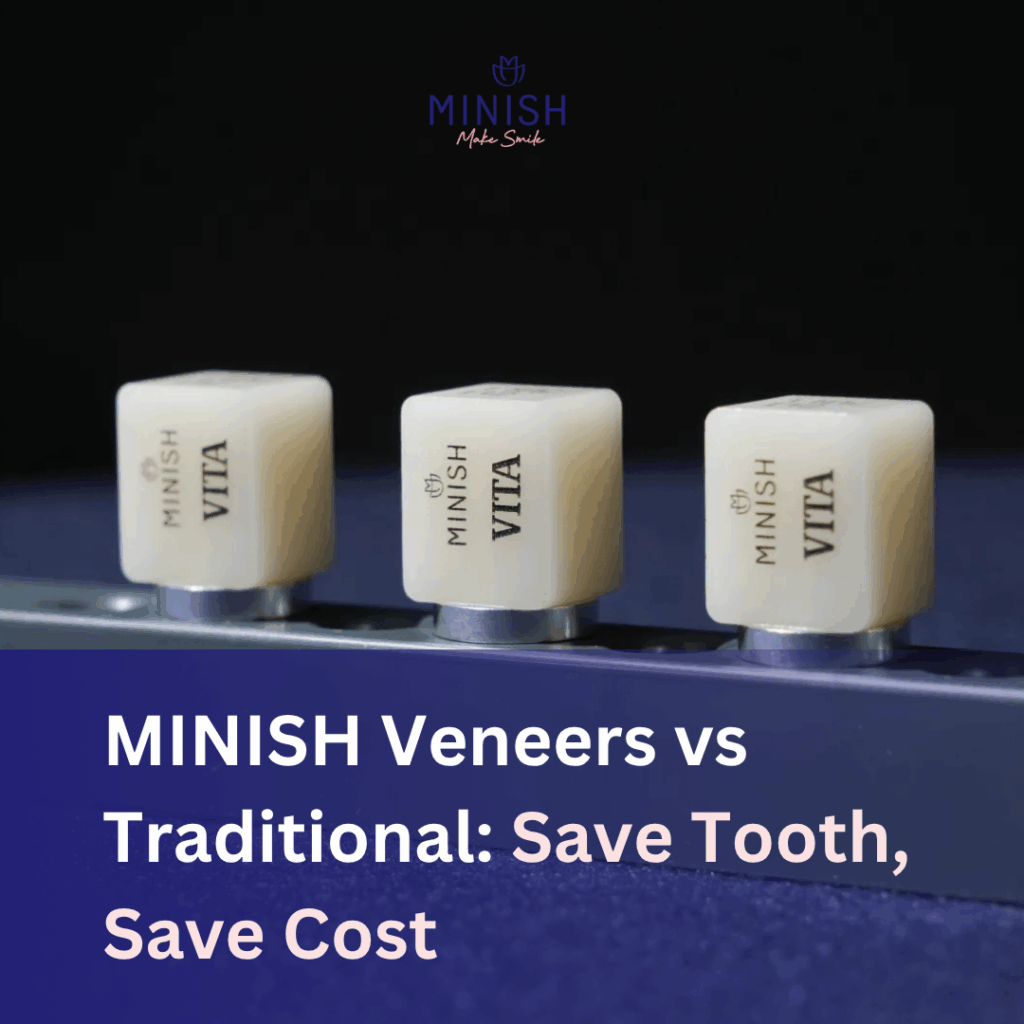
Veneers vary widely in both cost and technique. Often, patients believe that more procedures mean better results—and higher costs. However, this assumption may not always be accurate. Today, both dentists and patients are rethinking this assumption, balancing esthetic goals with biological preservation and treatment efficiency.
This blog compares traditional porcelain veneers with MINISH Veneers, a type of ultra-thin, minimally invasive porcelain veneer designed to deliver exceptional cosmetic dentistry results while preserving natural tooth structure.
Fabrication of the MINISH Veneers uses precision CAD/CAM milling, followed by additional hand-finishing by skilled dental technicians for optimal fit and esthetics. MINISH Veneers represent a modern, patient-friendly approach to smile enhancement, combining cutting-edge technology with expert craftsmanship.
MINISH Veneers vs Traditional Porcelain Veneers—The Basics
Traditional porcelain veneers require removing 0.5–1.5 mm of tooth structure to make space for the veneer. This often involves anesthesia, injections, physical impressions, and temporary restorations, resulting in longer appointments and increased post-op sensitivity.
Traditional porcelain veneers use a mostly hand-layered powder–liquid build-up technique, allowing technicians to create highly individualized characterization, translucency, and shade control that closely replicate natural enamel. However, traditional porcelain veneers are technique-sensitive, often more expensive—sometimes up to $5,000 per unit—and may not always maximize patient satisfaction.
MINISH Veneers, on the other hand, are ultra-thin, minimally invasive feldspathic-ceramic veneers that follow a minimal prep approach. This preserves enamel while achieving precise, esthetic results, resulting in no injections, minimal discomfort, and faster, more conservative procedures. By leveraging state-of-the-art techniques in advanced dental clinics, MINISH Veneers prioritize both biological preservation and patient satisfaction. While both veneer types use similar materials, the difference in tooth reduction and design impacts comfort, preservation, and long-term outcomes, helping dentists offer more patient-centered, biologically respectful treatment plans.
Why MINISH Veneers Focus on Minimally Invasive Cosmetic Dentistry
Understanding Natural Tooth Structure
Each tooth consists of two primary layers:
- Enamel: the hard, outer shell that protects the tooth
- Dentin: the softer, nerve-sensitive layer underneath
Why Enamel Preservation Is Essential
Bonding veneers to enamel offers the strongest and most predictable long-term adhesion. When dentin is exposed, it can lead to:
- Increased sensitivity
- Weaker bonding strength
- Greater risk of restoration failure over time
MINISH Veneers is not just about creating thin veneers—it’s about mastering the full process, including preparation, bonding, and adaptation skills using high-quality materials and art equipment to achieve precise results in dental care.
The True Foundation of MINISH Veneers
MINISH Veneers focus on more than just reducing veneer thickness. The real foundation lies in the synergy of precise tooth preparation, reliable bonding, and meticulous adaptation. Each step actively contributes to the outcome: minimal prep preserves enamel, strong bonding ensures longevity, and careful adaptation delivers natural esthetics and function. By refining this workflow through daily clinical practice with state-of-the-art dental care and art equipment, MINISH has established a predictable, patient-centered system that consistently delivers durable, biologically respectful, and high-quality outcomes.
The Cost of Traditional Porcelain Veneers vs. MINISH Veneers
Removing too much enamel causes irreversible tooth damage, often leading to full crowns or other invasive procedures. MINISH Veneers are ultra-thin, enamel-preserving porcelain veneers that allow dentists to achieve outstanding esthetic results while maintaining long-term tooth health, demonstrating how high-quality dental care can protect both smiles and overall oral health.
Quick Comparison—MINISH Veneers vs Traditional Veneers
| Feature | Traditional Veneers | MINISH Veneers |
| Minimum Tooth Reduction | 0.5 mm~ | 0.1 mm~ |
| Tooth Reduction | Moderate to High | Minimal |
| Bonding Surface | Often includes dentin | Mostly enamel |
| Esthetic Flexibility | High—allows significant shape, alignment and color changes | Moderate—preserves natural tooth form with some limitations in reshaping |
| Durability | High, but technique-sensitive | High, Natural tooth-like strength and resilience |
| Cost | $$$ | $$ |
Best Candidates for Each Type of Veneer
MINISH Veneers (Ultra-Thin, Minimally Invasive Veneers)
- Healthy enamel, mild to moderate esthetic concerns
- Achieves most cosmetic goals while preserving natural tooth structure
- Minimal tooth reduction, so extensive reshaping may be limited
Traditional Porcelain Veneers
- Deep discoloration, rotated or misaligned teeth
- Large restorations or significant structural damage
- Allows for greater modification or concealment of tooth structure through increased enamel reduction.
Cost Factors—MINISH Veneers vs Traditional Veneers
The cost of veneers goes beyond material—it includes clinical time, lab technique, and preparation complexity.
Traditional veneers may involve:
- Local anesthesia and extended prep time
- Physical impressions
- Multi-layered lab fabrication (hand-layered graduation may benefit esthetics.)
- Temporary restorations and multiple appointments
MINISH Veneers benefit from:
- Faster chair time
- Digital scans and CAD/CAM workflows
- Little to no anesthesia
- Fewer post-op complications
- High-precision esthetics through hybrid milling techniques (may fall short on gradient compared to hand-layered veneers, although fabrication is highly consistent and less technique-sensitive)
In many cases, MINISH Veneers help avoid unnecessary expenses, as minimal tooth preparation often means no need for impressions or sedation.
Choosing Between MINISH Veneers and Traditional Veneers
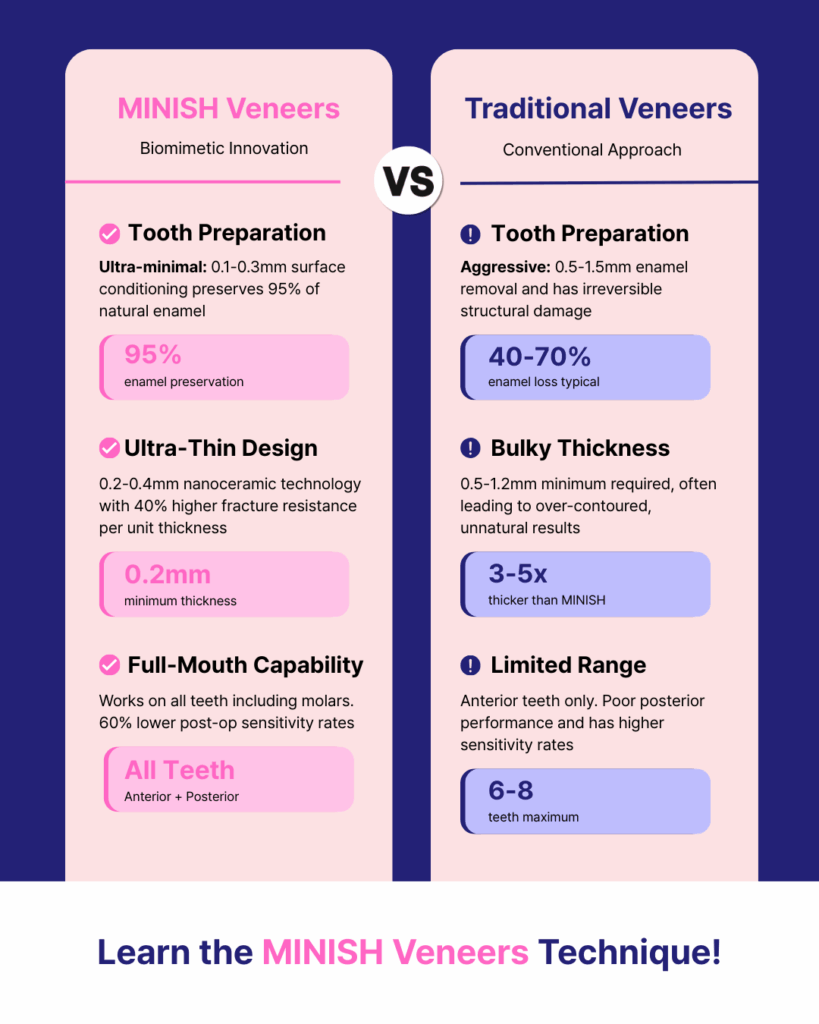
Dental veneers vary widely, and increasing prep does not necessarily produce better results. While traditional porcelain veneers are aesthetically exceptional with hand-layered gradation, MINISH Veneers combine natural esthetics with enamel preservation, supporting overall tooth integrity.
By maintaining enamel, dentists can improve bonding strength, reduce patient discomfort, and support long-term oral health. These veneers are also highly effective for addressing small gaps and other cosmetic concerns, offering a conservative approach to veneer treatments.
The reality is that every case is unique, and there is no single “better” option for all patients. The ideal dental treatment depends on the specific clinical situation, patient priorities, and the dentist’s expertise—such as Dr. Kang, who has extensive experience in minimally invasive veneer dentistry.
In modern veneer dentistry, it’s not about removing more—it’s about doing more with less, when the case allows. Frequently asked questions often focus on longevity, comfort, and esthetic outcomes, all of which MINISH Veneers addresses through advanced techniques and patient-centered care.
Frequently Asked Questions (FAQs)
Yes. MINISH Veneers are designed for strength and longevity when bonded to intact enamel. Their minimally invasive approach maintains structural integrity while delivering beautiful, natural-looking results.
In most cases, no. Because MINISH Veneers involve little or no enamel reduction, they rarely require anesthesia, making them faster and more comfortable than traditional veneers.
Yes—MINISH Veneers can correct mild misalignment, close gaps, and improve discoloration while preserving enamel. For severe staining or rotation, traditional veneers may still be recommended.
While costs vary, MINISH Veneers can be more cost-efficient due to reduced chair time, fewer appointments, and digital CAD/CAM production, all without sacrificing esthetic quality.
Traditional veneers require 0.5–1.5mm of tooth reduction, often exposing dentin. MINISH Veneers are ultra-thin and minimally invasive, preserving enamel for stronger bonding and greater comfort.
Enamel offers the most durable bonding surface. Preserving it reduces sensitivity, prevents long-term damage, and increases veneer lifespan.
Patients with healthy teeth, good enamel, and mild cosmetic concerns benefit most. Severe cases may require traditional veneers.
MINISH Veneers combine high-precision CAD/CAM milling with advanced esthetic layering—resulting in strong, natural, and minimally invasive porcelain veneers that protect tooth health while enhancing smiles.
Check Out Our Other Blog Posts!
Looking for more insights on cutting-edge dental technology, minimally invasive treatments, and tips for preserving natural tooth structure? Explore our latest blog posts—from expert advice by Dr. Kang to real success stories and insights from MINISH Dental Hospital.
Whether you’re a dental professional or a curious patient, you’ll find valuable info on everything from tooth integrity, oral health, and innovative dental solutions to the science behind MINISH Veneers.
👉 Stay informed. Stay inspired.
